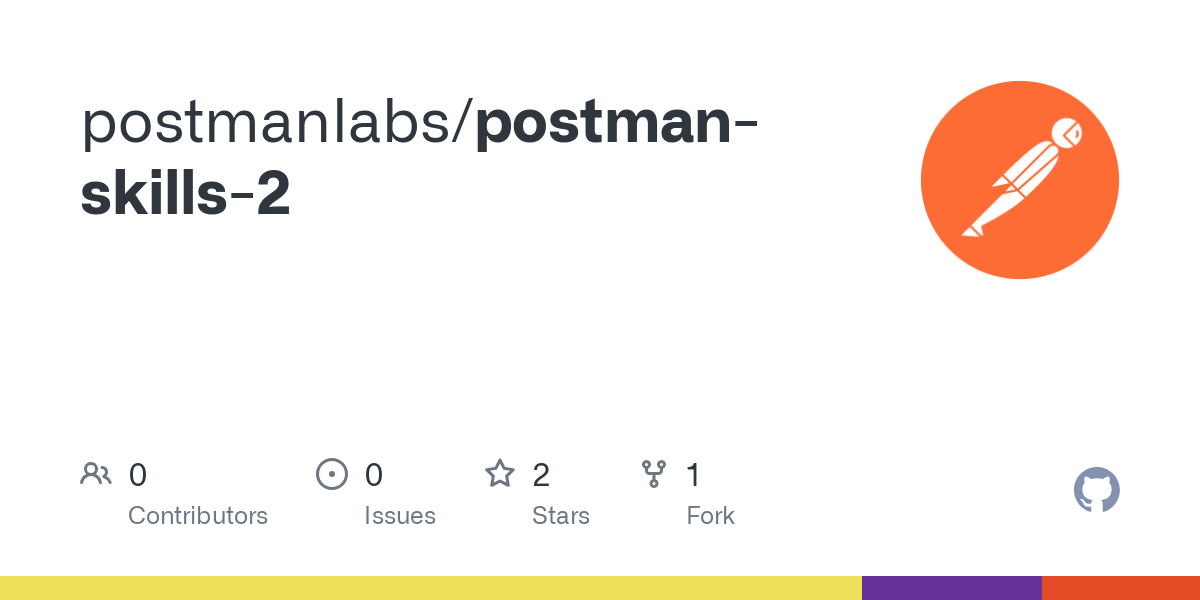Postman Pro Tips You Probably Didn't Know

Table of Contents
Mastering Postman Collections
Effective API testing often involves managing numerous requests. Postman collections are crucial for organizing these requests and streamlining your workflow. These Postman tips will help you unlock the full potential of collections for efficient API testing.
Organizing Your Collections for Efficiency
Well-structured collections are the foundation of efficient API testing, particularly in large projects. Think of your collections as a filing cabinet for your API requests. A disorganized collection is a nightmare to navigate, leading to wasted time and frustration. Here's how to organize for optimal Postman productivity:
-
Use Folders and Subfolders: Group related requests within folders and subfolders. This creates a hierarchical structure, making it easy to locate specific requests.
- Example: A collection for a e-commerce API might have folders for "Products," "Users," and "Orders," with each folder containing subfolders for different HTTP methods (GET, POST, PUT, DELETE).
-
Descriptive Names and Tags: Use clear and concise names for your collections, folders, and individual requests. Add descriptive tags to further categorize requests based on functionality or API version. This improves searchability and makes collaboration easier.
-
Detailed Descriptions: Don't underestimate the power of detailed descriptions. Add notes to your requests explaining their purpose, parameters, expected responses, and any relevant considerations. This is invaluable for collaboration and future reference.
-
Example: Structure your collections by API endpoint type (e.g.,
/users,/products), then further categorize by HTTP methods (GET, POST, PUT, DELETE). Add tags like "authentication," "admin," or "beta" to easily filter requests.
Utilizing Collection Runners for Automated Testing
Postman's Collection Runner is a powerful tool for automating API tests. Instead of manually executing each request, you can run entire collections or specific folders with a single click. This saves significant time and ensures consistent testing.
-
Data-Driven Testing: Use data files (CSV, JSON) to input different values for your requests. This allows you to test various scenarios with different inputs, such as different user IDs, product IDs, or search queries. This is vital for efficient API testing.
-
Iteration and Loops: The Collection Runner allows you to iterate over data in your files, executing the same request multiple times with different data. This is key for comprehensive testing.
-
Generating Reports: After running a collection, Postman generates a detailed report summarizing the test results, including successes, failures, and response times. This helps identify areas for improvement and ensures that API changes don't break existing functionality.
-
Example: Use a CSV file to input various user IDs, automating login tests for each user. This automated approach is far more efficient than manually testing each login individually.
Leveraging Postman Environments
Postman environments are a critical aspect of efficient API testing, enabling you to manage different configurations and sensitive data securely. Mastering environments significantly improves the efficiency of your Postman workflow.
Managing API Keys and Credentials Securely
Storing API keys and other sensitive data directly in your requests is a major security risk. Postman environments provide a secure way to manage these credentials separately from your requests.
-
Separate Environments: Create different environments for development, testing, and production. This ensures you're always using the correct credentials for the target environment. This is crucial for security and accurate testing.
-
Environment Variables: Store API keys, base URLs, and other sensitive information as environment variables. Your requests then reference these variables, keeping the actual credentials hidden.
-
Security Best Practices: Never commit your environment files to version control. Keep them separate and secure. Consider using environment-specific files and only deploying the relevant environment to the necessary systems.
-
Example: Create separate environments for your dev, staging, and production APIs, ensuring sensitive data remains secure and easily manageable.
Dynamically Changing Request Parameters
Environment variables allow you to easily change request parameters without modifying each individual request. This simplifies testing with different data sets and makes your workflows more adaptable.
-
URL Parameters: Use environment variables to change base URLs or specific parameters within URLs.
-
Headers: Dynamically set headers such as authorization tokens or custom headers using environment variables.
-
Request Body: Modify request bodies using environment variables for efficient testing with various inputs.
-
Example: Use an environment variable for the base URL, making it easy to switch between different API servers or testing environments. This improves the efficiency of your testing process significantly.
Advanced Postman Features for Enhanced Workflow
Postman's advanced features empower you to handle complex testing scenarios and integrate with your CI/CD pipeline.
Pre-request and Test Scripts
Pre-request and test scripts allow you to execute JavaScript code before and after sending a request. This opens up a world of possibilities for manipulating requests and validating responses.
-
Pre-request Scripts: Use these to generate dynamic data, set headers, or prepare the request body before sending the request.
-
Test Scripts: Validate the response, extract data from the response body, and perform assertions to verify the correctness of the API response.
-
External Libraries: Leverage external JavaScript libraries within your scripts for additional functionality.
-
Example: Use a pre-request script to generate a unique timestamp for each request, ensuring you're always testing with fresh data, which is important for many API testing scenarios.
Utilizing Postman Monitors for Continuous Integration
Postman Monitors enable you to set up automated checks of your APIs at regular intervals. This ensures the ongoing health and availability of your APIs, and is a vital aspect of a robust CI/CD pipeline.
-
Automated API Health Checks: Schedule monitors to run regularly (every few minutes or hours) and receive notifications if any API requests fail.
-
Real-time Monitoring: Track the performance and reliability of your APIs. Identify and resolve issues before they impact users. This increases the reliability of your API testing.
-
CI/CD Integration: Integrate Postman monitors with your CI/CD pipelines to automate API testing as part of your deployment process.
-
Example: Set up a monitor to check the status of your API every 5 minutes and receive email alerts for failures. This ensures proactive identification of potential issues.
Conclusion
This article has highlighted several Postman pro tips to significantly enhance your API testing workflow. By mastering Postman collections, effectively managing environments, and leveraging advanced features like pre-request and test scripts, you can streamline your processes and achieve greater efficiency in testing. Don't just use Postman – master Postman! Explore these advanced techniques and unlock the full potential of this powerful tool for even more efficient and robust API testing. Start implementing these Postman pro tips today and experience the difference!

Featured Posts
-
 Commission Recommends Phased Elimination Of Daily Door To Door Mail In Canada
May 19, 2025
Commission Recommends Phased Elimination Of Daily Door To Door Mail In Canada
May 19, 2025 -
 Longhorns Daily News Sec Moves To Nine Game Schedule Sankey Weighs In
May 19, 2025
Longhorns Daily News Sec Moves To Nine Game Schedule Sankey Weighs In
May 19, 2025 -
 Russia Launches Unprecedented Drone Offensive Against Ukraine
May 19, 2025
Russia Launches Unprecedented Drone Offensive Against Ukraine
May 19, 2025 -
 Seven Must See Irish Sci Fi Films For St Patricks Day
May 19, 2025
Seven Must See Irish Sci Fi Films For St Patricks Day
May 19, 2025 -
 Epomeno Epeisodio Tampoy I Marilena Thyma Epithesis Me Maxairi
May 19, 2025
Epomeno Epeisodio Tampoy I Marilena Thyma Epithesis Me Maxairi
May 19, 2025
